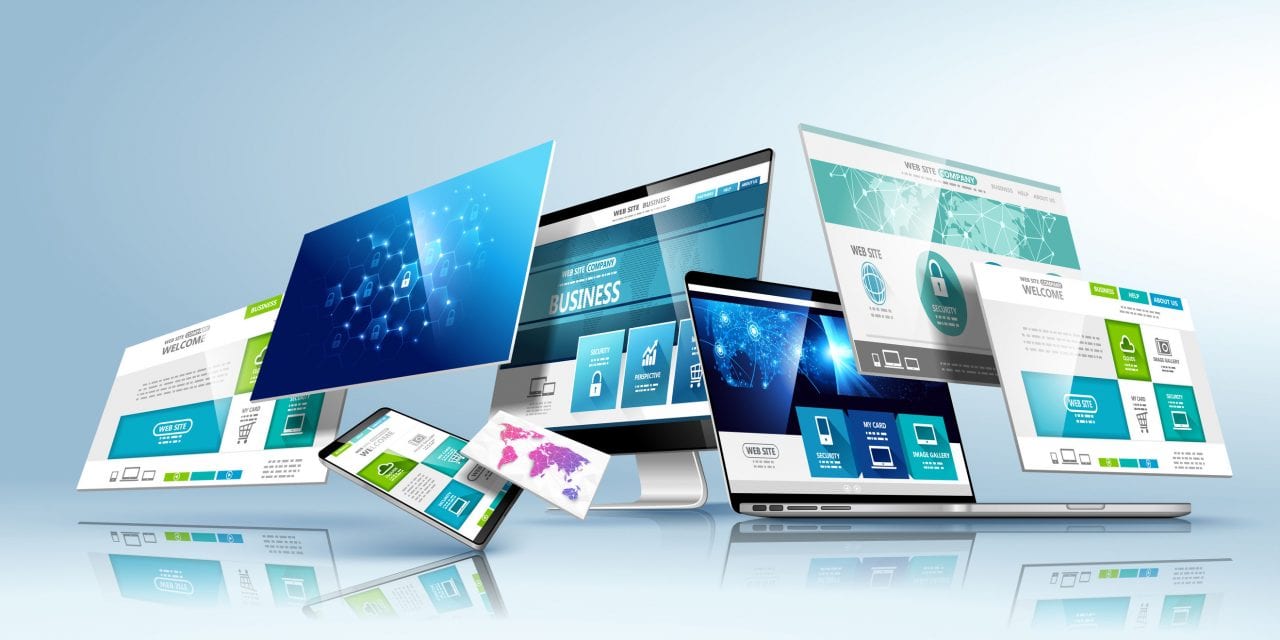How times have changed.
By Susan Saldibar
Does anyone out there remember the early days of digital communications displays? Ever had to operate one? I didn’t, but I watched others on my team do it. No wonder you never saw these big displays in places other than airports and high-end hotels. Someone had to sit all day organizing and formatting all the information, clicking in and out of screens and running back and forth to see how it looked on the displays. To say the process “wasn’t trivial” is an understatement.
How times have changed. I caught up with Rob Signorelli, VP of Development for LifeShare Technologies (a Senior Housing Forum partner), who shared with me some of the latest platform enhancements they’ve just rolled out. LifeShare provides applications to help communities create a dynamic communication flow between residents, staff, and families using existing technologies (digital signage, TVs, tablets, mobile devices, etc.). They are in pretty tight with their clients so they are always tweaking their platform to simplify and streamline processes and save time (and clicks) for those who operate it.
I asked Rob to list some of the ways they have enhanced their platform and why they are important. Here are a few that stand out:
-
Dynamic updates. If you’ve ever run software before, you’ll realize how important this is from a user standpoint. It means that you don’t have to wait around for the next patch or update; it will be delivered as the update occurs. That creates a nice, consistent flow of system enhancements that users can take advantage of immediately.
-
Workflow optimization. This is where the fewer clicks come in. The new platform has reorganized some key elements of the system so that users can input and make changes without clicking back and forth. A real time saver. “We’ve developed a new calendar view so that users don’t have to click out and back in again to see activities on different days,” Rob says.
-
Flexible content distribution. It’s now easier than ever to push specific content out to specific communities as well as flow updates across communities. New layouts simplify campus structure and allow access by authorized personnel to their community information. “As an example, a regional director can enter information into their ‘community’ and it will flow down to all campuses under their watch,” Rob explains.
-
Mobile administration. Why not let staff members run the communications from mobile phones, rather than running back to a desktop computer? That’s what Rob and his team have done so that staff can make a change to a screen 24/7 from a mobile device wherever they happen to be. Great, especially for younger staff who are more comfortable using mobile apps.
-
Instant previews. Now users can play around with layouts and see instantly how they will look on each type of screen (display, TV, iPad, phone, etc.). So they’re taking less time on layouts and having more fun creating them.
Probably the biggest takeaway from these enhancements is that EDs no longer need to worry about the time and effort it takes their staff to preload a calendar or design a digital display in your senior living community.
If you’re not using display technology to post your calendars, images, special “shout outs,” and other notices, it’s time to consider a communications platform. Why? For one thing, people now expect to see a large colorful high definition display when they enter a community. And staff members (especially younger ones) want to get away from tedious, time-consuming data entry every time something in a calendar changes or re-entering data for each community.
Make sure, though, that the system you put in is truly customer-driven. “We have a fairly deep culture of customer service that doesn’t end with our support team,” Rob tells me. “We make it a point to identify those things our users need to do every day. And we continue to work with them to make those things easier than ever to do,” Rob says. “That way they’ll enjoy using the system and it will show in the quality of information they provide throughout their communities.”
For more information on LifeShare Technologies, please visit their website.
Download a PDF copy of this article by clicking the button below:








